One of my earliest gig memories is seeing Therapy? at The Leadmill in 1998 with my friend Lee Williamson. They were supported by the short lived Groop Dogdrill from Doncaster who were decent and after two albums disbanded.
It was a long time so recollections are hazy, I have tried to best to find information about the gig but this was a time when the internet wasn’t a thing so I am unable to.
I did however find the setlist courtesy of setlistfm.
1. Nausea
2. Knives
3. Tightrope walker
4. Die laughing
5. Disgracelands
6. Stories
7. Black eye, purple sky
8. Teethgrinder
9. Turn
10. Isolation
11. Diane
12. Don’t expect roses
13. Screamager
14. Lonely, cryin’, only
15. I fought the law
16. Nowhere
17. The boys asleep
A pretty decent setlist that favours five tracks off Semi-detached the album released that year.
Three great tracks from Nurse their debut album and six off their most commercial and melodic album Troublegum.
Just two off their Infernal love album and a cover of The Crickets I fought the law.
I remember being wet with sweat jumping along with the crowd and singing along to the songs.
A little bit about Therapy? https://therapyquestionmark.co.uk/ from their official site:
Band History by Andy Cairns
1989
Northern Ireland, 1989. Andy Cairns from Ballyclare and Fyfe Ewing from Larne meet at a gig of local bands. A mutual taste in music and attitude drives them to decide to start a band. Their influences include Big Black, Sonic Youth, Rapeman, Hüsker Dü, Butthole Surfers, The Undertones, That Petrol Emotion, Captain Beefheart, Motörhead, Mudhoney, early Metallica, Fugazi, The Stooges, Loop, Funkadelic, Can, Belgian New Beat, Trance, Techno, Hip Hop (Public Enemy) and Jazz (John Zorn).
They decide on the name Therapy?—it’s short and easy to remember.
Rehearsing in Fyfe’s bedroom after school and when Andy has time off from the factory he works in, they put together their early material with Fyfe on drums and vocals and Andy on guitar and vocals. Easter/summer they go to a small studio on Belfast’s Lisburn Road and put down their first demo, including: Bloody Blue, Skyward, Body O.D. and Beefheart/Albini, with Andy filling in on bass duties.
Needing a bass player to complete the line up they recruit Fyfe’s school buddy Michael McKeegan on bass. Michael, an energetic and enthusiastic metal fan, is influenced by the same music as the boys but also adds to the party: Voivod, Carcass, Napalm Death, Black Sabbath and various Grindcore, Black, Speed and Doom Metal.
They play their first gig that summer at Belfast Art College organized by Giro’s gig collective, supporting Decadence Within. Later that year they record their second demo in a studio in Lurgan. The tracks are Multifuck, Here Is, S.W.T. and Punishment Kiss. They play more gigs round Northern Ireland and decide to record their own single.
1990
The Meat Abstract single is recorded early this year at Homestead Studios, Randalstown with engineer Mudd Wallace. The 7” vinyl single is released on the bands own Multifuckingnational Records. 1000 copies are pressed up. English D.J. John Peel plays the single, as do Northern Irish D.J.’s Mike Edgar and Johnny Hero. The band sells the single in Caroline Music Records and Heroes and Villains Records in Belfast, as well as at their gigs. It soon sells out. “Meat Abstract” is named after a piece of art by British avant-garde artist Helen Chadwick.
That summer they do their first UK tour supporting brilliant Derby band The Beyond. Taking any support slots they can, Therapy? open for Fugazi, Loop, Ride, Inspiral Carpets, Teenage Fanclub, Ned’s Atomic Dustbin and Tad.
At a Revolting Cocks / Silverfish gig in Edinburgh that year they give a copy of their single to Leslie Rankine from Silverfish, who passes it on to their record company boss Gary Walker of London based Wiiija Records.
Wiiija and also head of their distribution, John Loder at Southern Express show an interest in the band. Going back to Homestead Studios the band record the rest of what will be their first album, Babyteeth.

1991
Babyteeth is released in July of this year. The band tours the UK again and starts doing press, raising their profile. The John Peel Radio Sessions and relentless gigging keep the band busy. They also do a major tour opening for Minneapolis noise rockers Babes in Toyland. Babyteeth goes to no. 1 in the English and Irish Indie charts.
Towards the end of the year the band go into Southern Studios in London to work on their second album with engineer Harvey Birrell.
1992
Pleasure Death is released in January on Wiiija/Southern Records and goes to no. 1 in the UK Indie Charts. Quarterstick records in America, run by Corey Rusk, releases Caucasian Psychosis, a compilation of both the Babyteeth and Pleasure Death albums. Mass touring follows with the band making their first forays into mainland Europe, doing well in Germany and France before returning to do their first major festivals at Reading and Finsbury Park in the UK and the Feile in Southern Ireland.
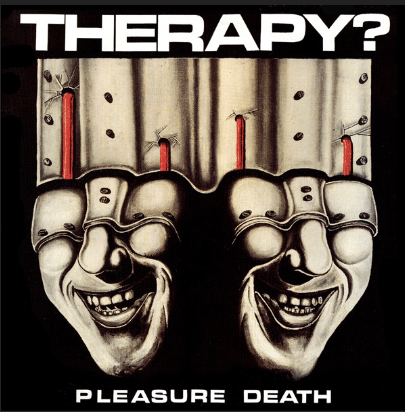
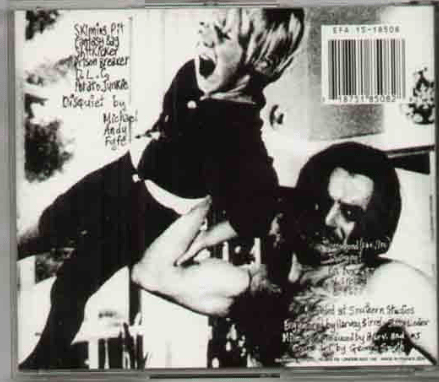
That summer the band signs to major label A&M Records and heads to Loco Studios in Wales, again with Harvey Birrell, to begin work on their next album. That October the band releases Nurse which makes the UK Top 40 Album Chart. Teethgrinder, the album’s single, makes No. 30 in the singles chart. Magazine front covers with NME and Melody Maker follow, as well as the band’s first trip to the USA where they do their own small headline tour and open up for The Screaming Trees in New York. They end the year with a sold out tour of Britain and Ireland.
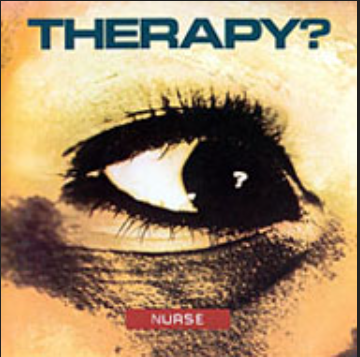
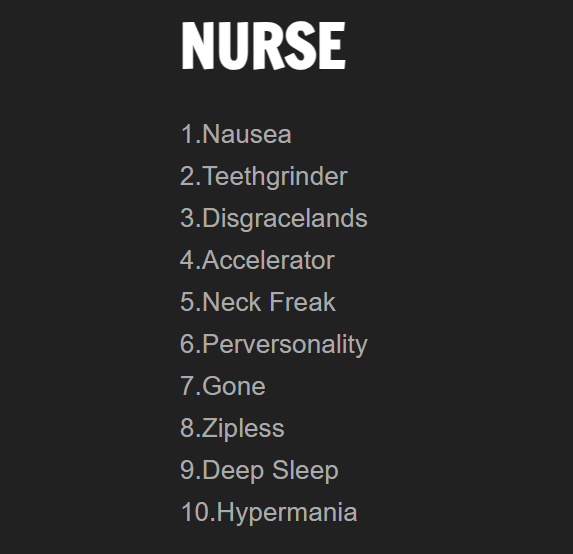
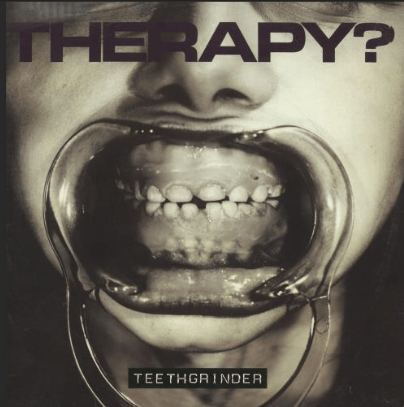
1993
The band starts the year in Black Barn Studios, Oxfordshire recording the Shortsharpshock EP with producer Chris Sheldon. Released early that year the lead track Screamager goes top 10 in the UK and lifts up the band’s profile even more. The band play English charts show Top Of The Pops and the following tour is sold out.
The band makes the cover of Kerrang! magazine and return to mainland Europe for a successful tour. During the year the band release further singles Opal Mantra and Face The Strange EP (featuring lead track Turn). Both these make the UK top 20 and see the band appearing on numerous TV and radio shows and on the covers of various magazines.
The band makes the most of the interest and tour as much as possible in as many countries as possible continuing their reputation as one of the hardest working bands around. A two month US tour sees them opening for two of their favourite bands Helmet and The Jesus Lizard while they begin to make many appearances at European festivals.
After the summer the band return to Homestead Studios in Northern Ireland to start writing and rehearsing for their new album. They go from there to Chipping Norton Studios to do recording and tracking and then on to Rak Studios and The Church Studios in London to do vocals and mixing, all with Chris Sheldon. The band still manages to squeeze in a British and Irish tour to end the year with.
1994
Early in the year the band release the Nowhere single which picks up lots of radio play and goes top 20 in the UK. On the back of it the band release the album Troublegum which goes top 5 in the UK and also charts in various other countries. The album not only contains Screamager, Turn and Nowhere but also future singles Die Laughing, Trigger Inside and (in Germany) the Joy Division cover version Isolation.
The album is a critical and commercial success and gives the band a chance to play even more gigs around the world. They tour America with Henry Rollins, Tad, Swervedriver and others as well as doing their own shows there. They also make it to Japan for the first time, playing two memorable sold out nights in Tokyo.
The European tour sees the band building on their increasing fan base especially in Belgium, Holland, Germany, France, Scandinavia, Spain and Austria. They also play Israel. That summer they also play the Castle Donnington, Monsters Of Rock festival.
The year ends with Troublegum topping many end-of-year polls. The band picks up a Kerrang! award for Best Album, a Mercury Music Prize nomination and a nomination for Best Rock Act at the MTV Europe Music Awards. The bands’ work rate went through the roof with constant touring, record releases and press.
https://www.kerrang.com/troublegum-at-25-an-oral-history-of-the-therapy-classic

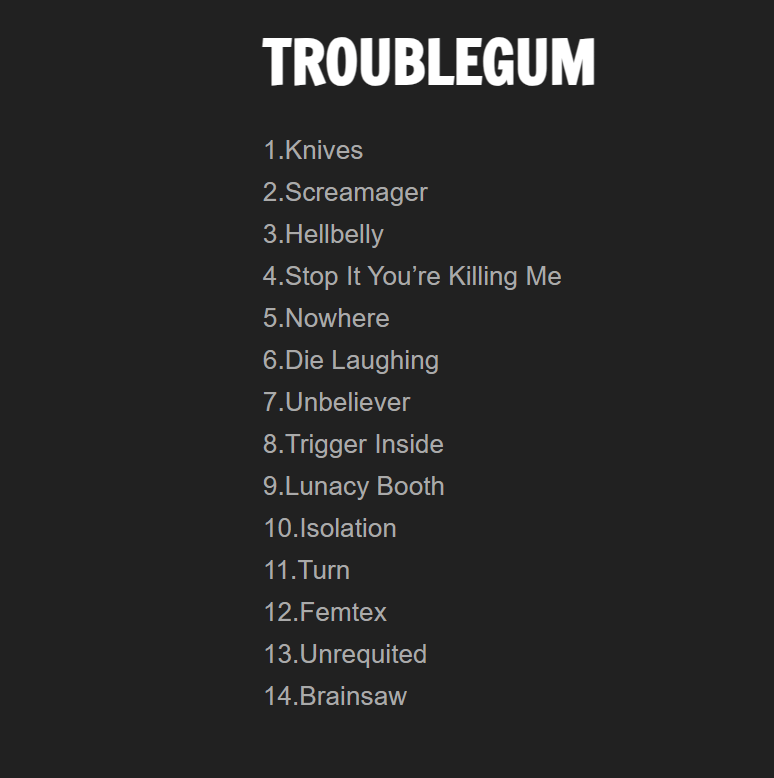
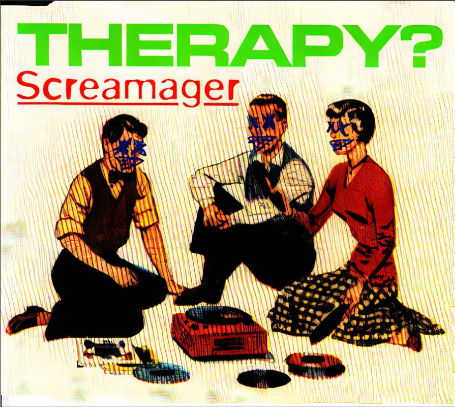
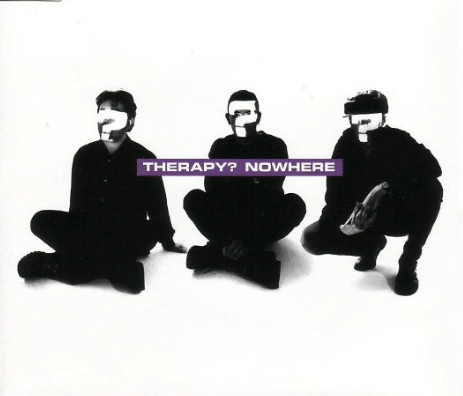

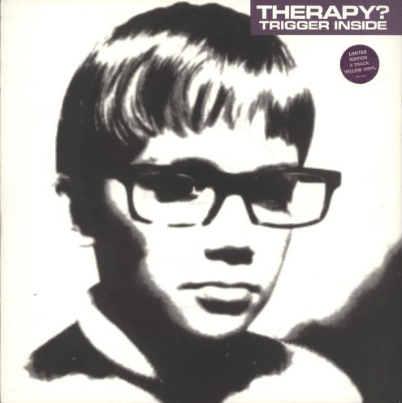
1995
The band starts work on their new album at Real World Studios in Box, just outside Bath, England with producer Al Clay. Also present at the sessions was cellist/guitarist Martin McCarrick who had previously been with Siouxsie And The Banshees and had added the strings to Troublegum’s track Unrequited.
The overall dark tones of the album were embellished by Martins’ string arrangements on tracks such as Bad Mother, Stories and most effectively on the bands cover version of the Hüsker Dü classic Diane. The album was to be titled Infernal Love. Later that year Stories, Loose and Diane were all released as singles in the UK, all going top 40.
https://www.loudersound.com/features/therapy-s-infernal-love-an-oral-history
Diane was a major success on mainland Europe, however, going top 10 in many countries and picking up an award for best single in Belgium from Humo Magazine. Touring the album took the band as far afield as Brazil, Argentina, Chile, Poland, Australia, New Zealand and the Czech Republic. The band even had a minor radio hit with Misery in the US. The relentless work was however taking its toll.
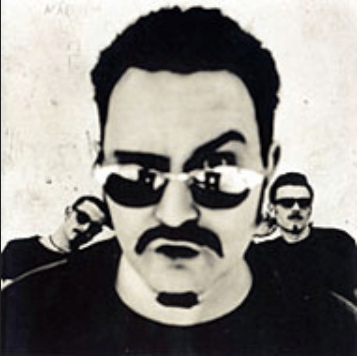
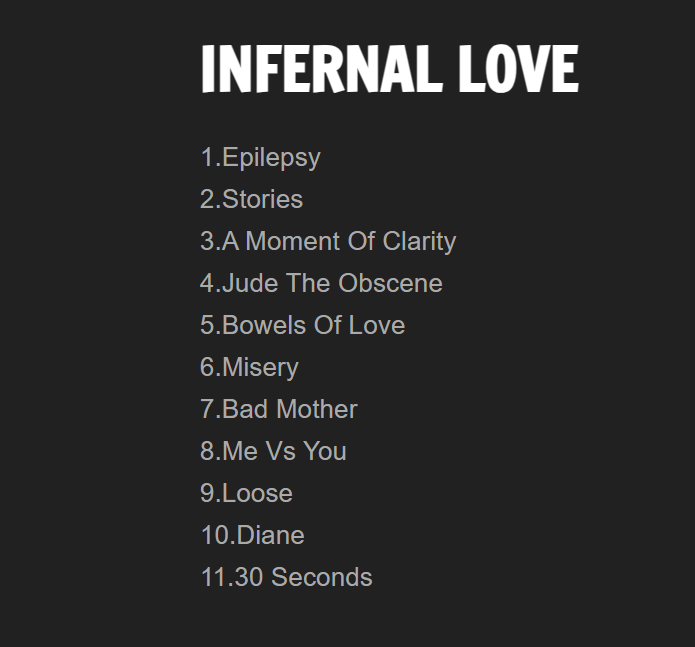

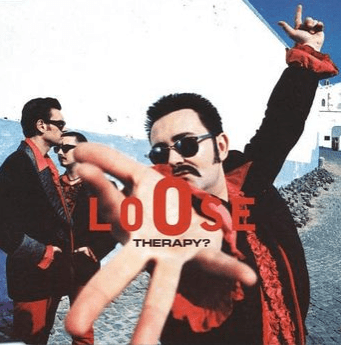

1996
Early January Andy gets a phone call from co-founder Fyfe to tell him he was leaving the band, stating he would “go mad” if he carried on. Early March, after many auditions, Graham Hopkins from Ireland joins the band.
At the same time Andy and Michael ask Martin McCarrick to join the band full time, he accepts. Deciding that there’s still touring for Infernal Love to do, the band spends most of the year playing together as a band getting used to working as a four piece. They depart for a US tour supporting Girls Against Boys, then head on to Canada for a further month of dates before returning back to the States to open for Ozzy Osbourne. They return to Ireland where they record two covers by The Misfits and The Smiths for various tribute albums and then back to the European tour circuit.
1997
Most of this year is spent writing and rehearsing, with a few festivals thrown in. The band starts going to studios for short periods of time, slowly starting work on their next album.
1998
In the beginning of the year the band finished their new album at Metropolis Studios in Chiswick, London. Produced by Chris Sheldon, it was the first album featuring the new four piece line up. The year started well enough with the band doing a secret middle slot in London between the then fledgling Scottish band Idlewild and current champs of rock, the Deftones. The gig was well received and got great reviews for the new, fuller sound.
The first single off the new album Semi-Detached, Church Of Noise, received radio play and entered the UK top 40. A sold out tour of the UK followed to promote the single and the album release followed shortly, going top 30. At this time the band headed off for Europe. The next single Lonely, Cryin’, Only was released soon after and saw the band doing a lot of press as well as television shows in England, Ireland, Germany, France, Belgium, Holland and Austria. The band hit the Euro festival circuit hard that summer, including a third appearance at the legendary Torhout/Werchter shows in Belgium.
About this time it became apparent that all was not well at A&M England, the label to which the band was still signed. Promotion for the album was scarce and it was finally settled in August that the label would be closing down, leaving Therapy? still committed to a hefty European tour until Christmas. The band themselves were told by the Universal Group (who owned A&M) that they would be moving to Mercury Records, also on the Universal roster. The band even went so far as (at the request of Universal) recording a video for the staff of Mercury saying “looking forward to working with you”, etc.
However, a double blow happened later that month when not only did the band get told that there would be no home for them at Mercury but also that Semi-Detached would not be getting a release in the USA through Universal. Nevertheless, the band stuck to their commitments and with no deal, no promotion and Andy and Michael paying the road crews’ wages, finished the tour as planned.
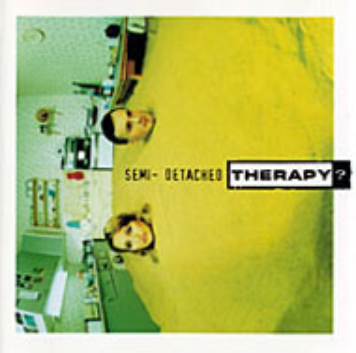
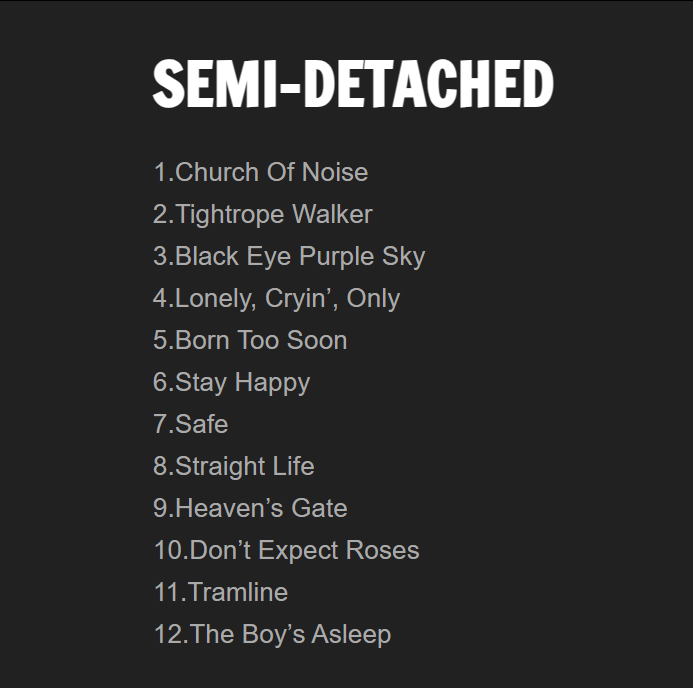
The cover artwork is a reference to Happy Days, a play by Samuel Beckett, whose writings are often referenced in Therapy?’s music.
https://thequietus.com/articles/33529-therapy-semi-detached-reissue-review
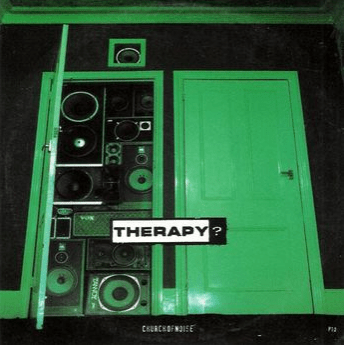

So this is when I saw the band as a four-piece at The leadmill and their star was waning.
1998 was a strange year for music Grunge had imploded with Kurt’s suicide, Soundgarden calling it a day, Faith No More splitting up, Metallica releasing Load/Reload and cutting their hair.
Britpop had exploded and Radiohead had released the genre defining OK Computer but nu-metal dominated the airwaves.
In 1998 I was just at the end of a two year course studying Signwork at Parkwood College.

Imaginary poster for a gig in 1998 with reference to the image from lonely, cryin’, only single.
The band playing on a vertical plane to emulate the front cover of Semi-detached and the setlist for the gig.
Pretty simple and even a sprayed daub of their logo for the flyposting authenticity.